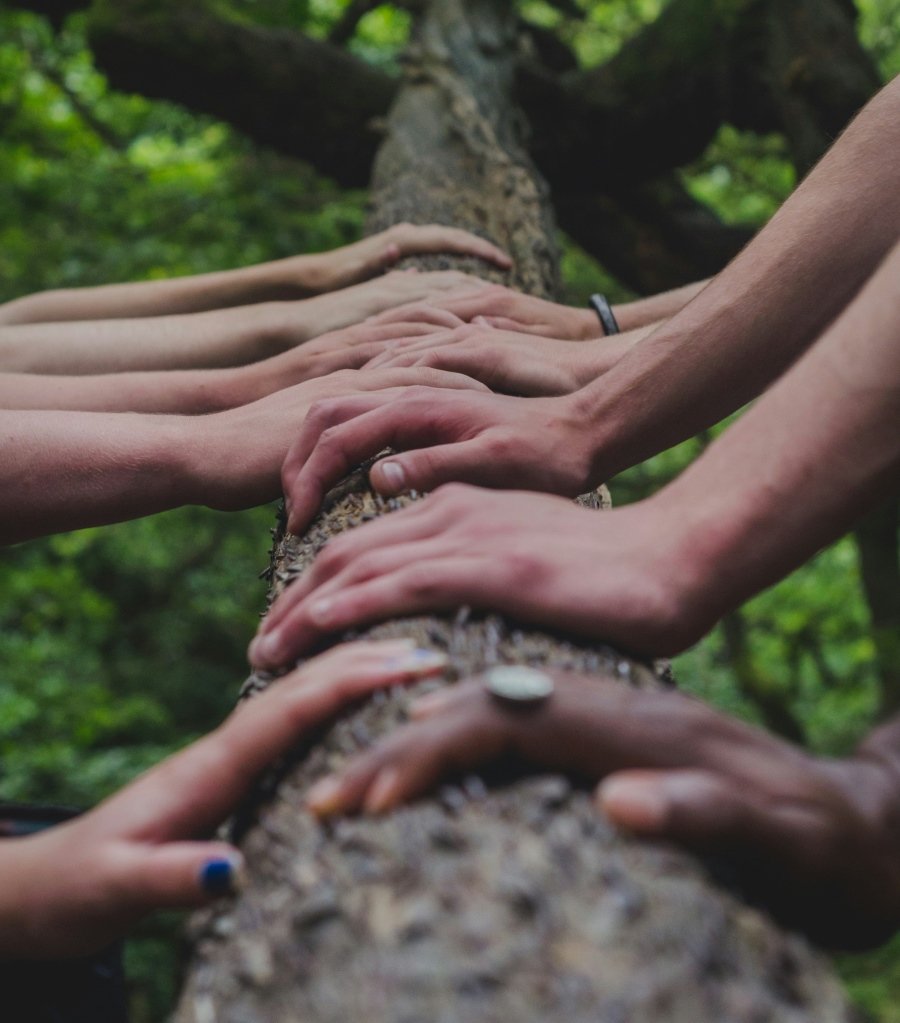Productivity question: what Enneagram types do/don’t you want on your team?
This is a question I get all the time—and I think it’s a broader question than the Enneagram.
It’s really asking whether there’s a way to increase the certainty of building a team that works well together and to reduce the probability of dysfunctional team dynamics.
My take: You can’t reliably predict how humans on your team will interact, no matter how much insight you may have into their core motivations or behavioral patterns. Likewise, don’t presume you can predict others’ actions because each of us is on our own growth journey, has strengths and challenges we contribute to any group, and deserves the opportunity to make those contributions free of pre-judgment.
Where the Enneagram CAN help you as a leader is with deeper understanding and potential for skillful management. By mapping out the motivations driving behaviors, you can better understand and manage team dynamics, tailor communication styles to fully leverage the strengths on your team, and create a sense of shared humanity around the challenges of the group. This is good leadership.
The importance of reflecting on emergent properties
Further, a profound truth in human connections is that the emergent properties of relationships transcend individual expertise and defy attempts at prediction.
We don’t know what’s going to happen with group dynamics. Every interaction, no matter how seemingly insignificant, has the potential to yield unexpected outcomes driven by the collective contributions of everybody involved. Sometimes things don’t emerge in the way we’d prefer, but limiting the potential for catastrophe also limits the potential for magic.
How do you succeed in unpredictable terrain?
By embracing diversity and fostering inclusivity in our interactions. Diverse voices and talents often lead to innovative solutions, transformative experiences, and profound growth. As leaders, the Enneagram helps us cultivate openness, curiosity, and growth in ourselves and our teams.
Keeping in mind that the whole is greater than the sum of its parts. In the realm of relationships, including teamwork, this synergy manifests through the collective contributions of individuals, each bringing their unique perspectives, experiences, and insights to the table.
Embracing the unfolding as an opportunity. Holding space for the type of emergent magic that we love to cheer for in underdog sports teams may feel riskier than trying to manufacture a dream team! But—embracing the fluidity and serendipity of human connections unlocks new possibilities for collaboration, innovation, and remarkable results.
Photo by Shane Rounce
